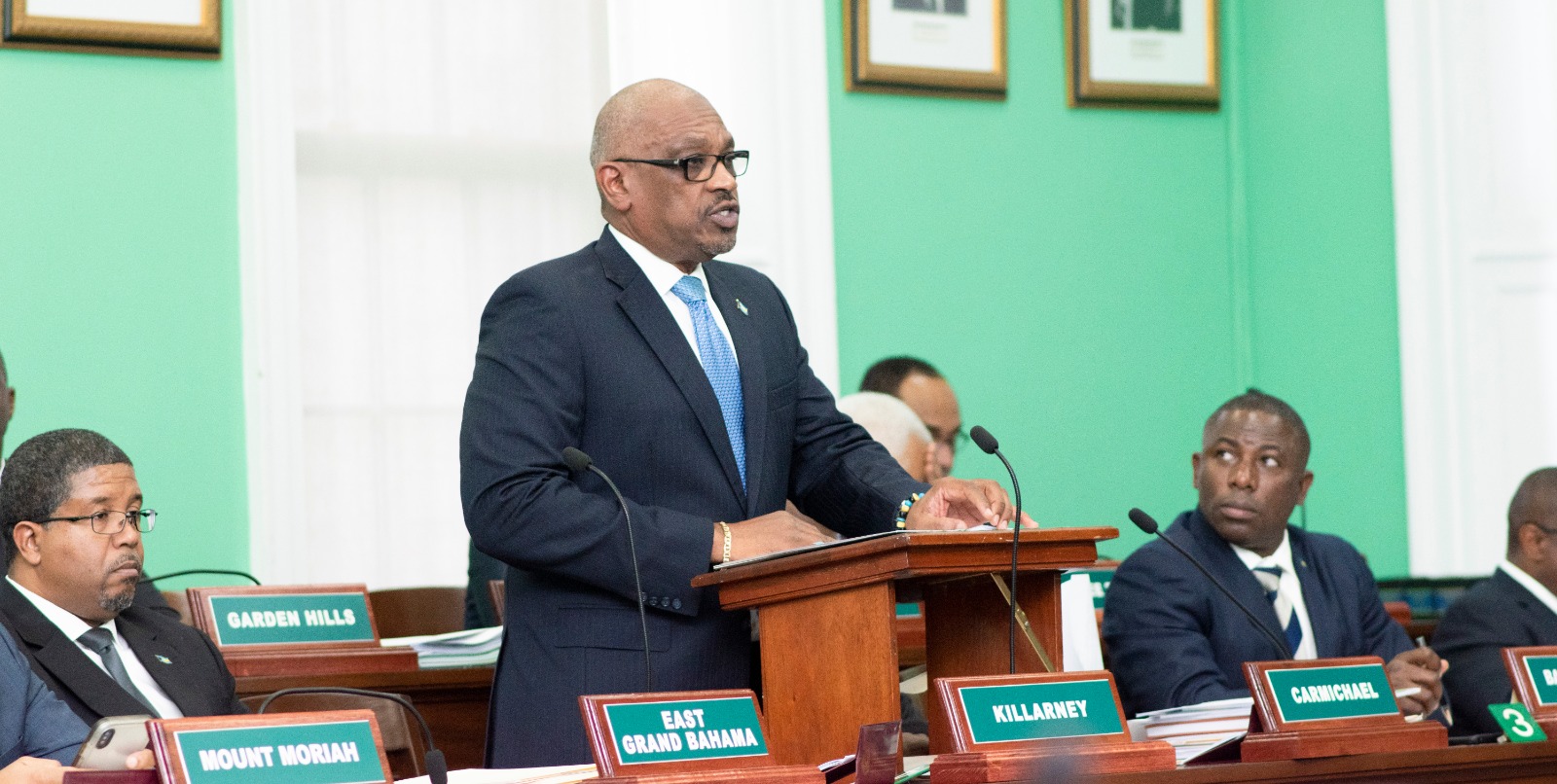Building codes may now have to take into consideration the impact of the effects of earthquakes in the region, Prime Minister the Most Hon. Dr. Hubert Minnis said yesterday in a Communication to the House of Assembly on the earthquake experienced in the Caribbean on Tuesday.
While The Bahamas is not officially in the earthquake zone for structural design calculations, the Prime Minister said given Tuesday’s event The Bahamas may have to liaise with regional and international research centres to determine if the zones need to be amended.
Within the region, the earthquake was felt in the Cayman Islands, Jamaica, Haiti, Cuba and The Bahamas. It was also felt in parts of Miami, Florida in the United States.
NEMA (National Emergency Management Agency) reported that the Pacific Tsunami Warning Centre (PTWC) advised that a powerful 7.7 magnitude earthquake occurred 83 miles northwest of Montego Bay, Jamaica at approximately 2:10 pm on Tuesday, 28 January, at the depth of six miles. The epicenter was located in the Caribbean Sea, according to the US Geological Survey.
In The Bahamas, tremors were felt on New Providence around 2:15pm in the area of East Bay Street and Shirley Street. In an abundance of caution, the Cabinet Office instructed government buildings to close around 3pm.
The Prime Minister, who serves as the substantive Minister for the Ministry of Disaster Preparedness, Management and Reconstruction, noted that there were no reports of injuries of Bahamian students in Jamaica and in Santiago and Manzanillo, Cuba.
According to some reports, “the quake caused strong to severe shaking in northwest Jamaica.”
There was also moderate shaking on Grand Cayman Island and the Associated Press reported that some roads cracked in the Cayman Islands.
The Prime Minister said that he spoke with the Prime Minister of Jamaica, the Most Hon. Andrew Holness and the Premier of the Cayman Islands, the Hon. Aldin McLaughlin Jr. following the earthquake.
The Pacific Tsunami Warning Centre, which is a part of the United States National Weather Service (NWS), indicated, according to reports, that “tsunami waves between one to three feet were possible for the coasts of Jamaica, Cuba, Cayman Islands, Belize, Honduras and Mexico.” The NWS subsequently advised that the threat passed.
“NEMA and the lead agency the Bahamas Department of Meteorology will be carefully monitoring any further earthquake advisories and tsunami threat messages from the PTWC and will advise the public accordingly,” said the Prime Minister.
“I advise the House that if there is an earthquake-generated tsunami and a threat to the region including The Bahamas, the Pacific Tsunami Watch Centre in Hawaii, issues Tsunami Watch/Information Statement Bulletins to the Bahamas Department of Meteorology, which is the National Tsunami Warning Focal Point.
“The Met Department then notifies the Director of the National Emergency Management Agency (NEMA), who will in turn activate the national response procedures from the Standard of Operating Procedures (SOP).
“The Director of NEMA is also responsible for notifying: the Secretary to the Cabinet/Prime Minister, the National Disaster Committee (NDC), Local Government, Family Island Administrators and the Caribbean Disaster Emergency Management Agency (CDEMA).”
The Model Tsunami Warning Protocol demonstrates the process by which information concerning a tsunami event is gathered, analyzed and disseminated.
The vulnerable communities are notified and alerted via NEMA’s communication arm and other channels including the local media.
In recent years NEMA has been involved in Caribbean Tsunami Exercises, which evaluated the national protocol, local tsunami response plans, increased tsunami preparedness and improve coordination throughout the region.
Protocols will continue to be monitored and adjusted as necessary, said the Prime Minister.
